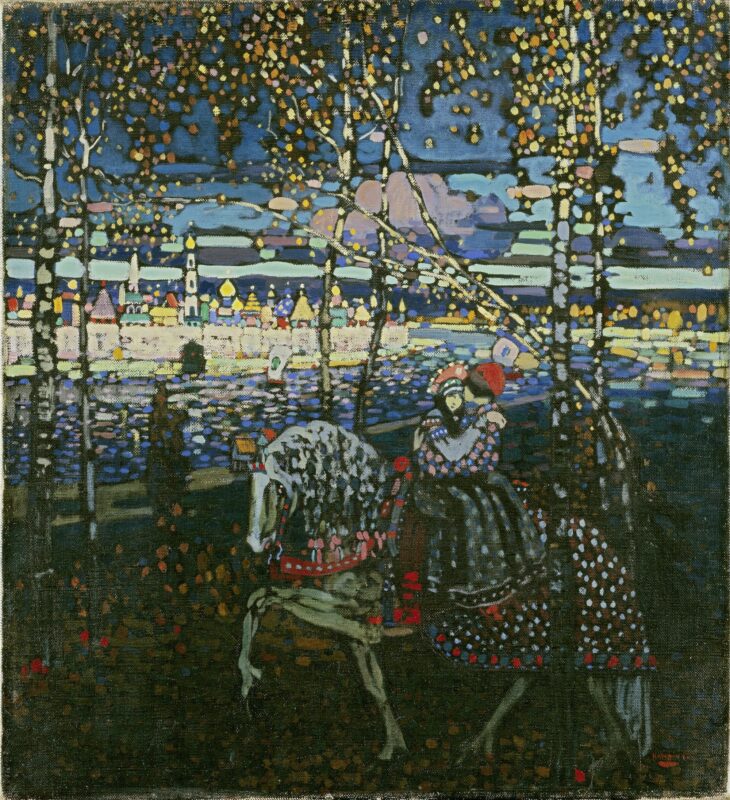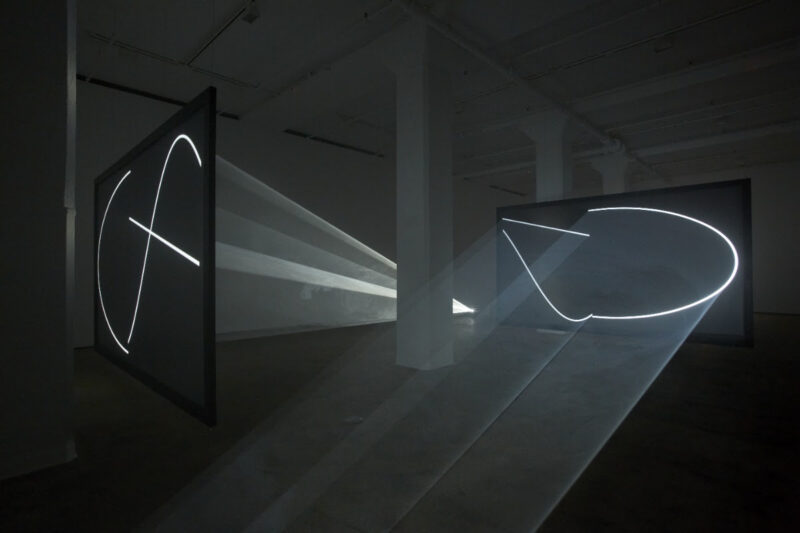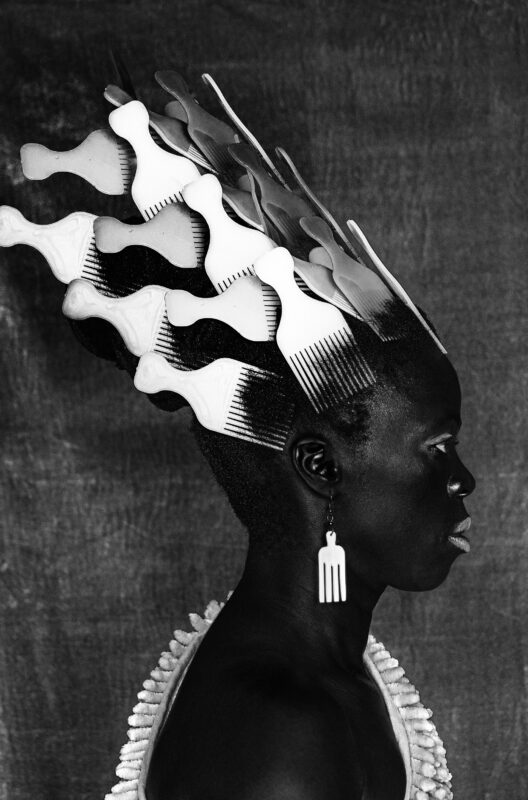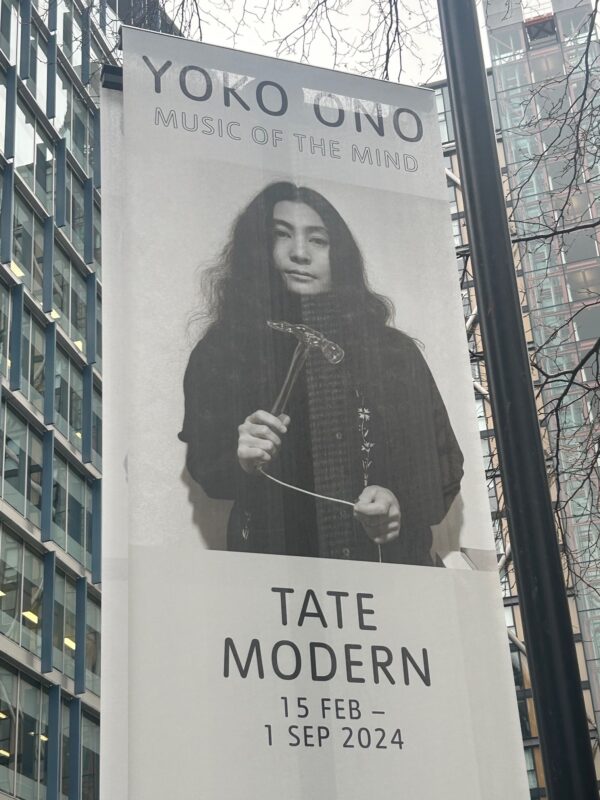
Image:The Unilever Series: Ai Weiwei Sunflower Seeds 2010 Photocredit: Tate Photography © Ai Weiwei
Art, like any other product, ‘made in china’ often finds itself standing up to the question of authenticity- is it real and is it art? For Ai Wei Wei this line of critical enquiry has, time and again, lent itself perfectly to his own creative process, that is both a product and critique of the role of art in china. So what has he produced for the Unilever Series at the Tate Modern?
Sunflower Seeds a sea of perfect porcelain craft works. Each piece has been hand crafted and painted by the traditionally trained people of Jingdezhen, China. Up close they look just like the real thing, they have a little more weight but a similar texture too. Whilst each individual piece is different from the next, together these little striped seeds create a new homogenous grey floor in the Museum. It is a beautiful, quiet piece to look at. But a noisy work to roll around on, run through or attempt to eat depending on how each visitor chooses to interact with it. The gentle click-clack noise of the seeds underfoot has echoes of a mahjong table, whilst the surface looks like a beach. An urban beach on which day trippers and workers sit to eat lunch or just relax in the glow of the grey London light that creeps in through the Tate’s skylight.
In China, sunflower seeds are perhaps the most commonly found object, eaten and discarded everywhere. During the Cultural Revolution sunflowers appeared again and again in propaganda paintings. The flowers symbolised the workers who turned their faces towards the light of Mao and the party. Here in London these little seeds from china reflect all that is good and bad about the production of a work of art installed in a museum.
Wei Wei‘s contribution to the Unilever series has taken an entire village of crafts people in China two and half years to create and a team of museum workers to install. The process has brought economic wealth and work to these villagers again and the opportunity for everyone who visits the work in London the chance to sneak a little bit of china home with them in their pocket, at a much discounted rate. A cycle and process that allows Wei to perfectly replicate the whole cycle of Marxist ‘commodity fetishism’ inside a cultural institution, with a hint at the colonisation of art too – clever ol’ Wei Wei.
In his live chat event at the Tate Wei Wei said that as an artist ‘he has no work outside of socio-political work’. He went on to say that the ‘art work’ is not the most interesting part of this commission but rather the twitter exchange around it. As this discussion is in the present, not the past like the work of art lying done, made, finished on the Museum floor. When asked if he had considered theft when making the work and where it will go next? Wei responded with ‘ your first question answers the second’. So, perhaps you had better get there quick if you want to see it before it goes. Or talk to him to keep the work alive by joining in the discussion on Twitter at #tateaww.
The Unilever Series: Ai Weiwei Tate Modern 12 October 2010 – 2 May
2011









